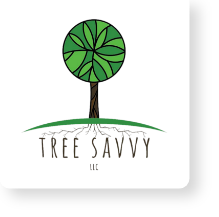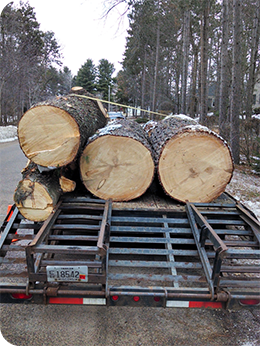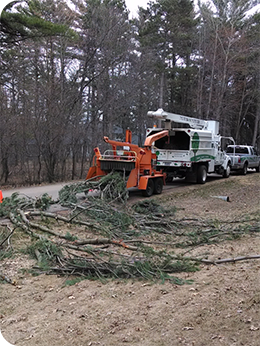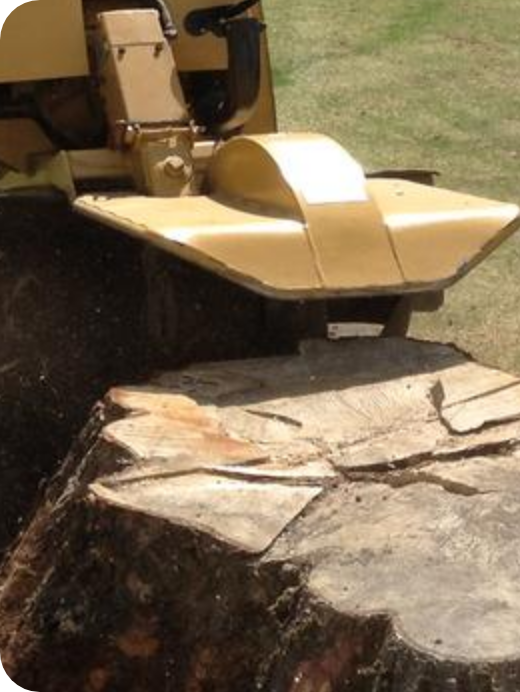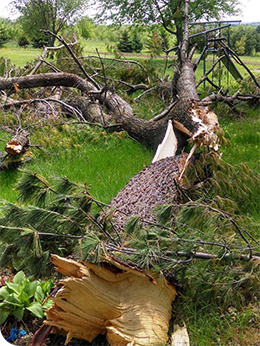Potted Trees
Container grown trees are the most common nursery stock for homeowners and landscape companies. This method is essentially a “third party” method where nurseries and local garden centers are provided bare root stock to be planted in plastic containers with an engineered soil so that the tree can continue growing its root system. Growing trees using this method increases the availability of species as the root system is not disturbed. As with the other conventlonal methods of planting trees, there are risks involved. Planting container grown trees is a guaranteed way to inflict damage to a trees root system leading to root decay and a disruption in the distribution of growth hormones (cytokinins) that affect crown growth. The most common defect we see with this method of planting is the development of circling and girdling roots as they are restricted to the container and are unable to grow out laterally as they do in nature. More often than not, nurseries and garden centers place the bare root stock at the base of a container before filling it with the soil. ln doing this, roots are encouraged to grow towards the top of the container, surrounding the stem with
circling and girdling roots by the time a client purchases the tree. When planting container-grown trees, attention is given to the root systems; making corrective cuts and redirecting the roots when doing so can be achieved.
